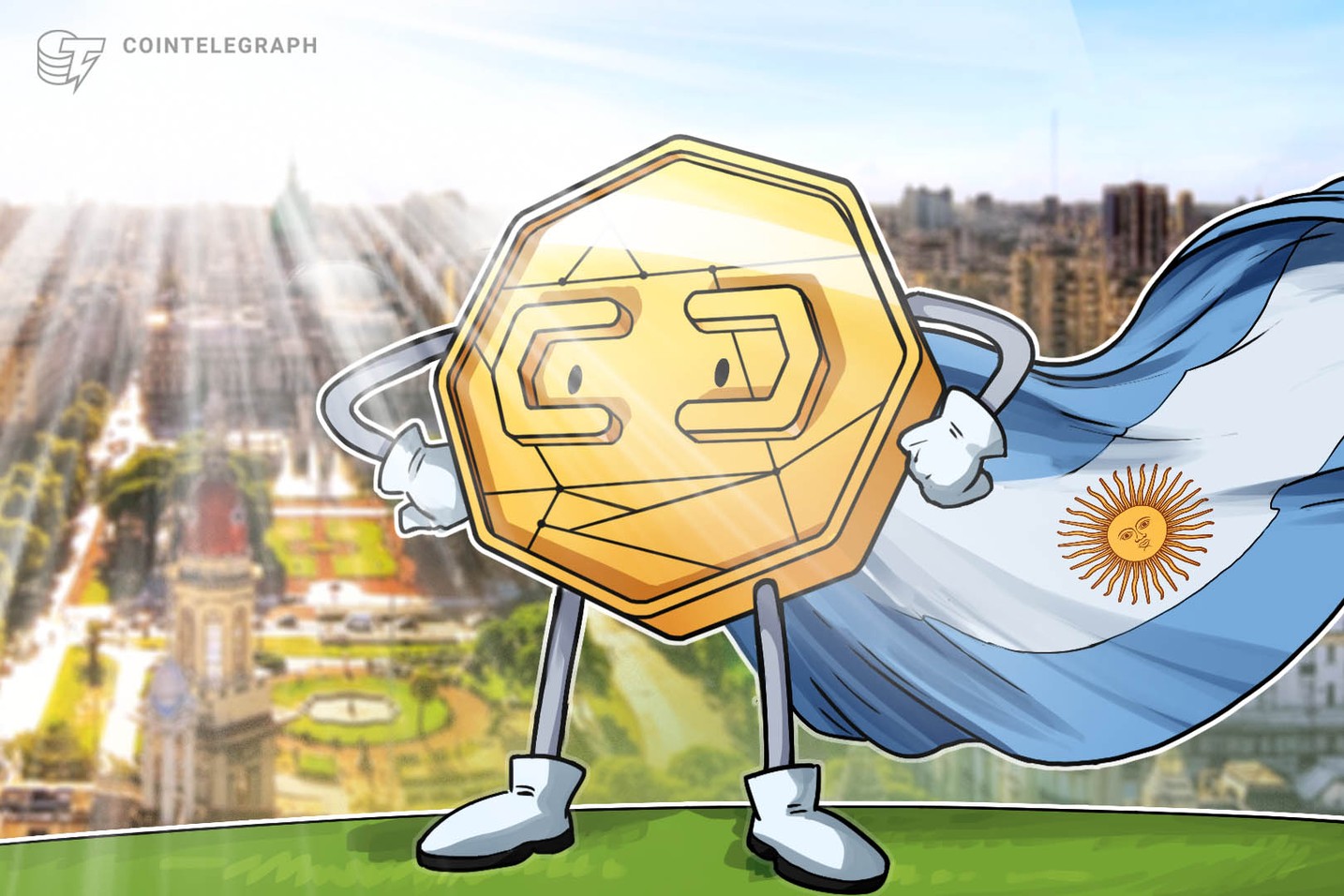CoinTelegraph reported:
The province of San Luis in Argentina approved a legislation allowing the issuance of its own stablecoin pegged to the United States dollar. The token, dubbed the “Activo Digital San Luis de Ahorro”, will be available to all citizens of the province over the age of 18 and 100% collateralized in liquid financial assets of the province.
The bill authorizes the province to issue the stablecoin up to 2% of its annual budget. It also stipulates that assets can be transferred between parties, but it does not specify which chain will be used for the transactions. The province of San Luis is home to over 430,000 people.
The stablecoin issuance is only one of the initiatives described in the bill called “Financial Innovation for Investment and Social Economic Development”, which aims to promote development in several sectors in the province through blockchain technology, including generating value and improving auditing procedures.
Related: Argentina’s fan token sinks 31% after World Cup loss against Saudi Arabia
Alongside the stablecoin, the bill allows local artists to issue nonfungible tokens (NFTs) with the goal of promoting financial and cultural inclusion. The bill stated:
“The “SAN LUIS ART DIGITAL ASSETS” will be art collections from the Province, giving local artists the opportunity to digitize their work and have it launched on the digital market through an internal web platform for purchase and sale. For the creation of these collections, NFT (Non Fungible Token – Token No Fungible) technology will be used, making this work of digital art unique, granting ownership and authenticity to the artist or holder of the digital asset.”
A complex economic scenario is driving crypto adoption in Argentina, where two digit inflation has sparked company and government initiatives into cryptocurrencies and blockchain technology. As of year-end, FocusEconomics panelists expect inflation to be at 73.5% in Argentina.
A Chainalysis’ report revealed that over 30% of consumers in Argentina already use stablecoins to make everyday purchases, most likely for small retail transactions, under
